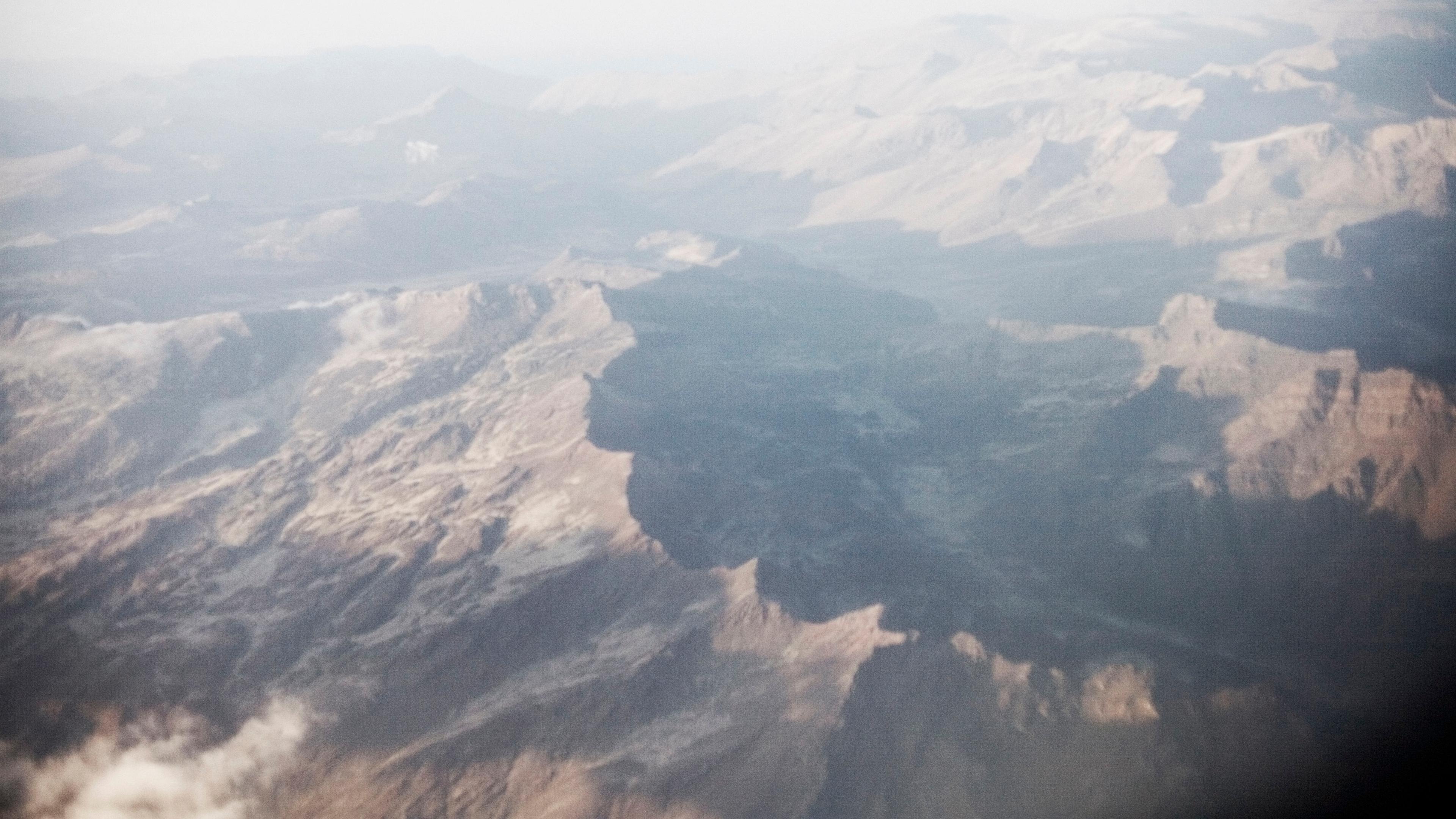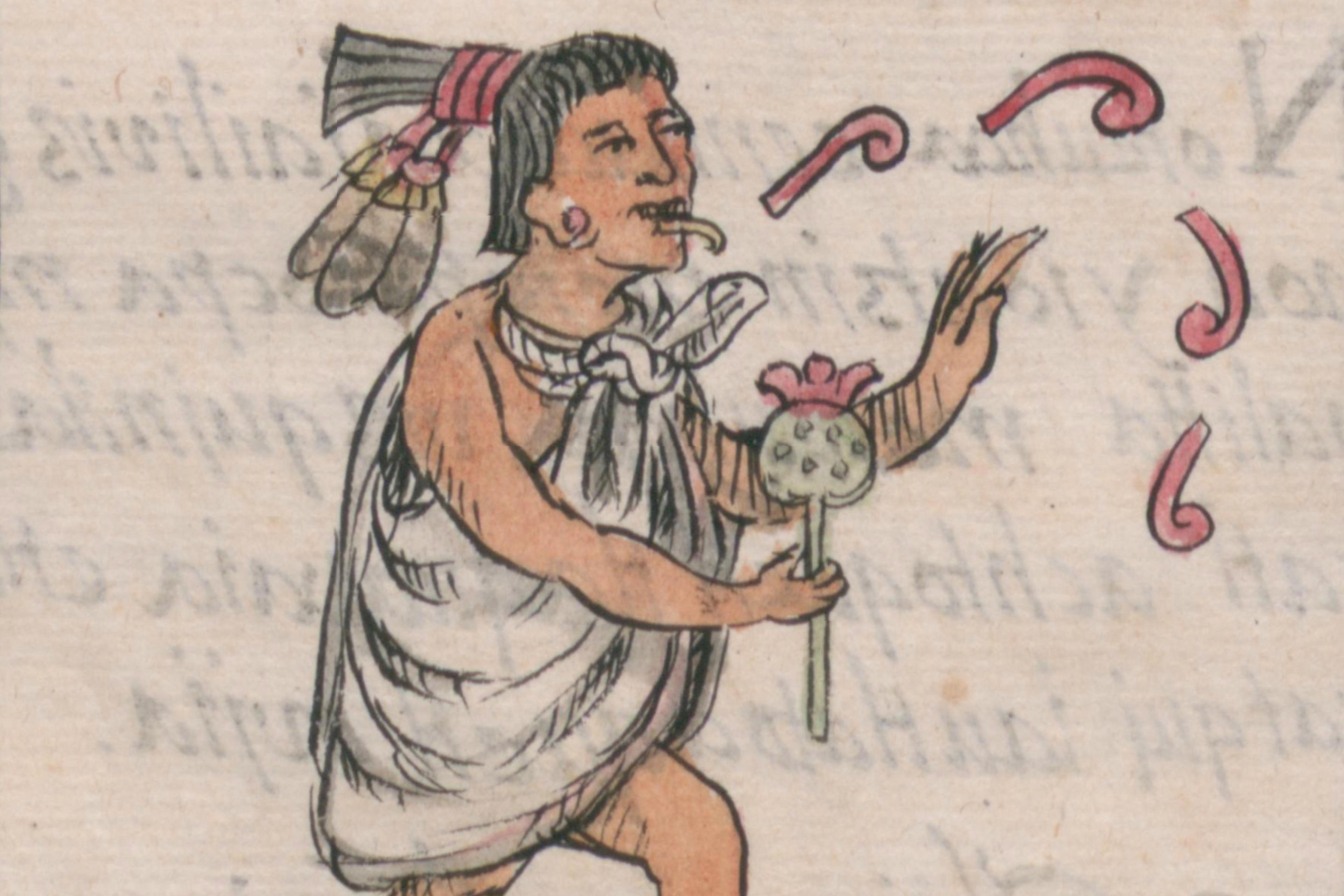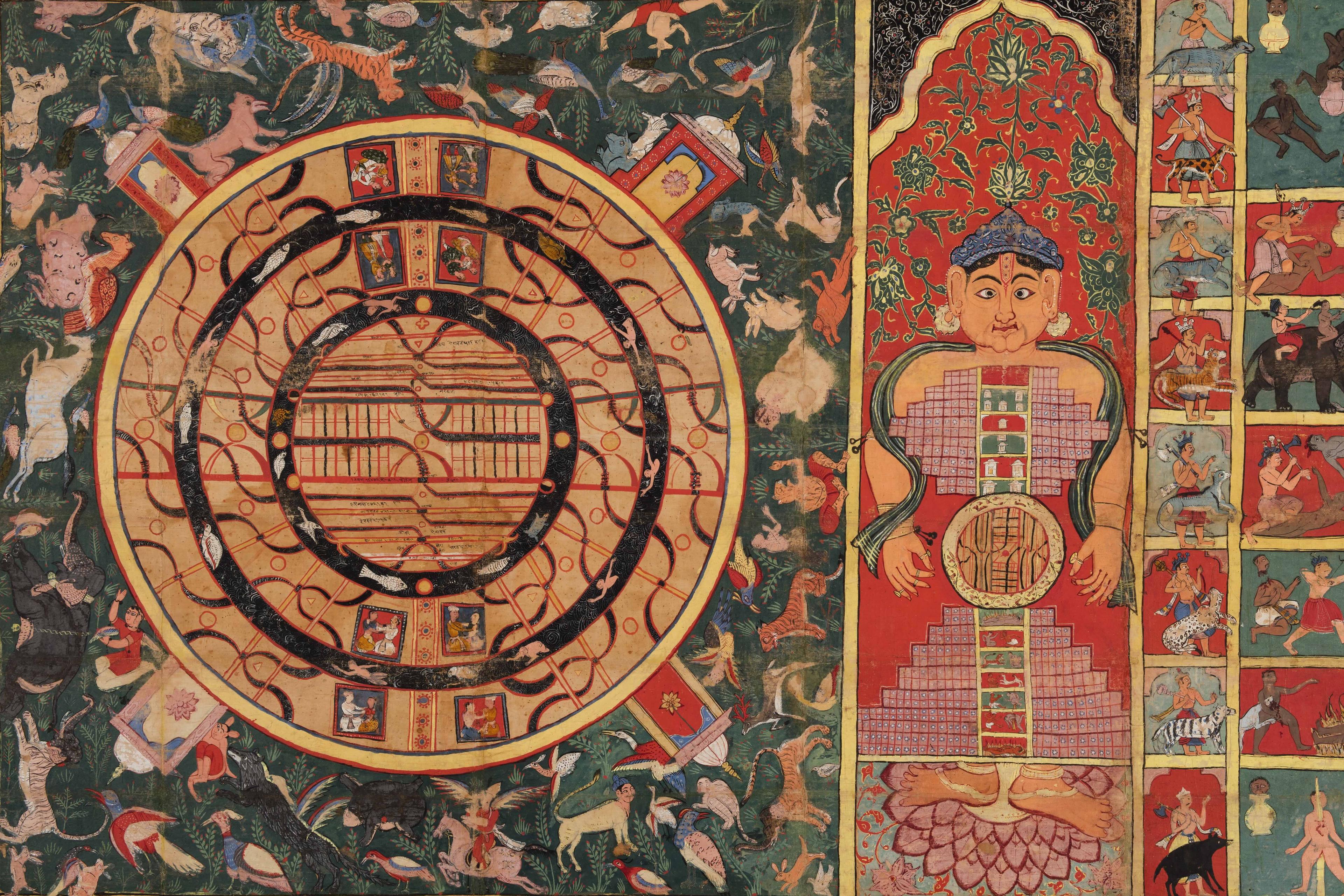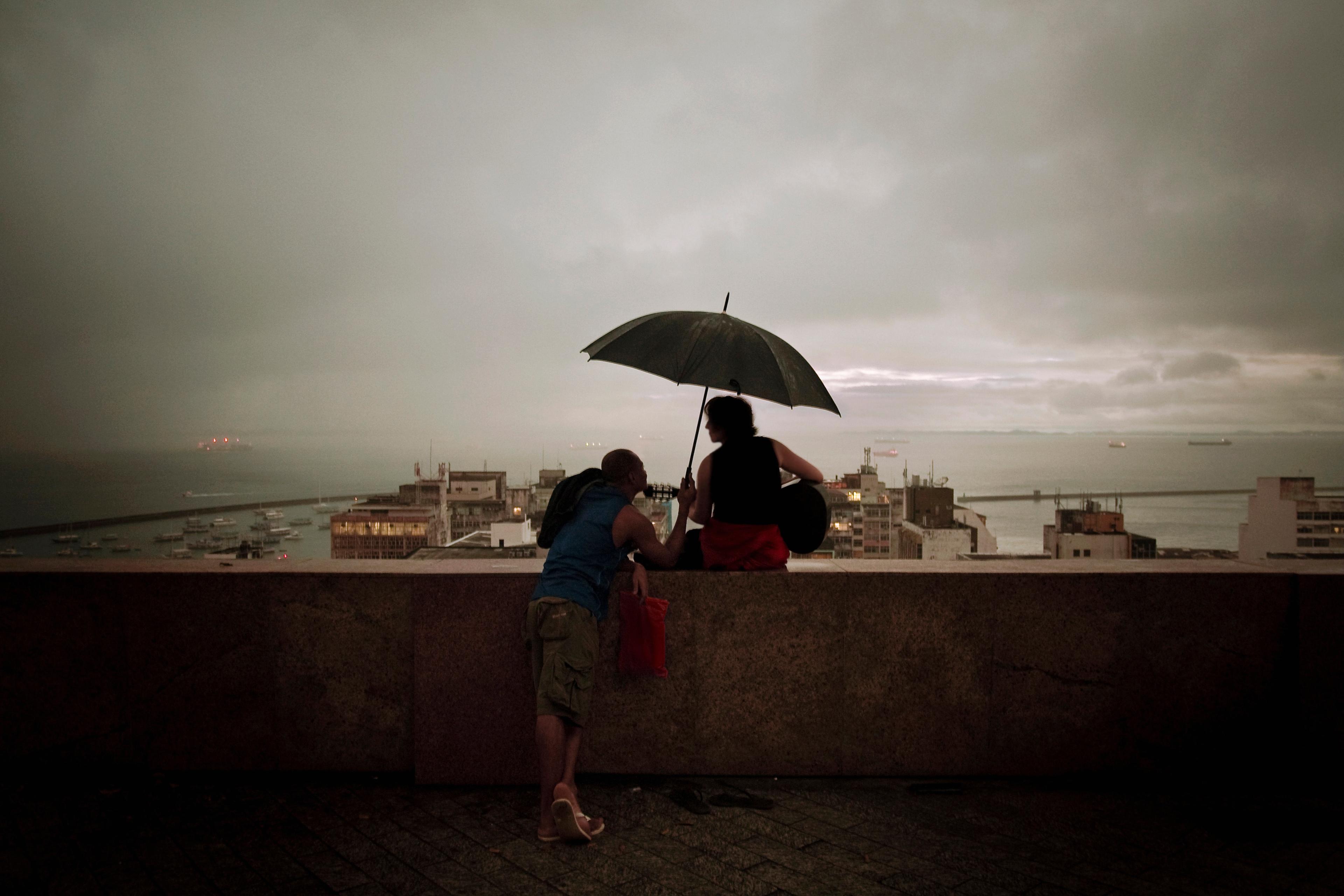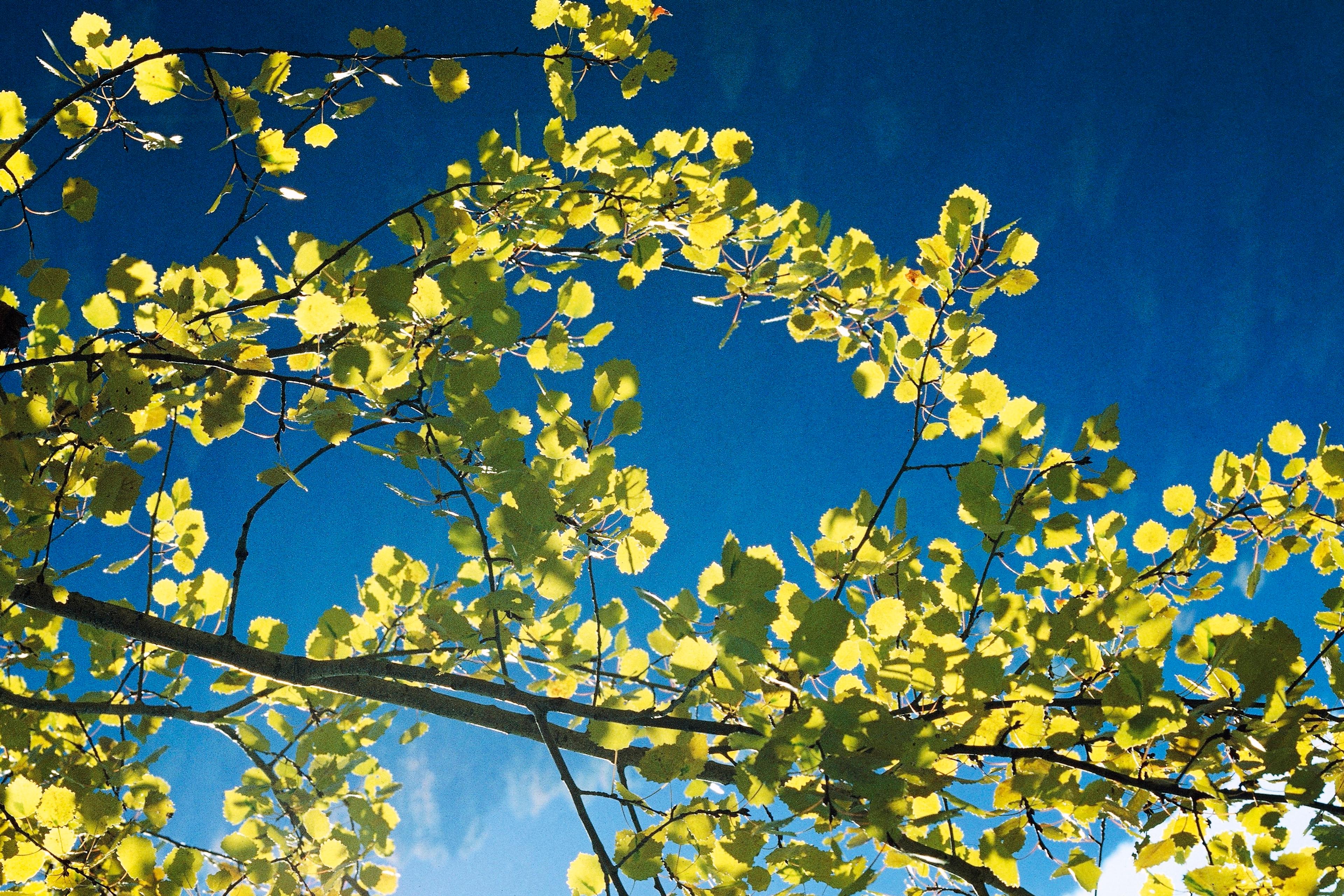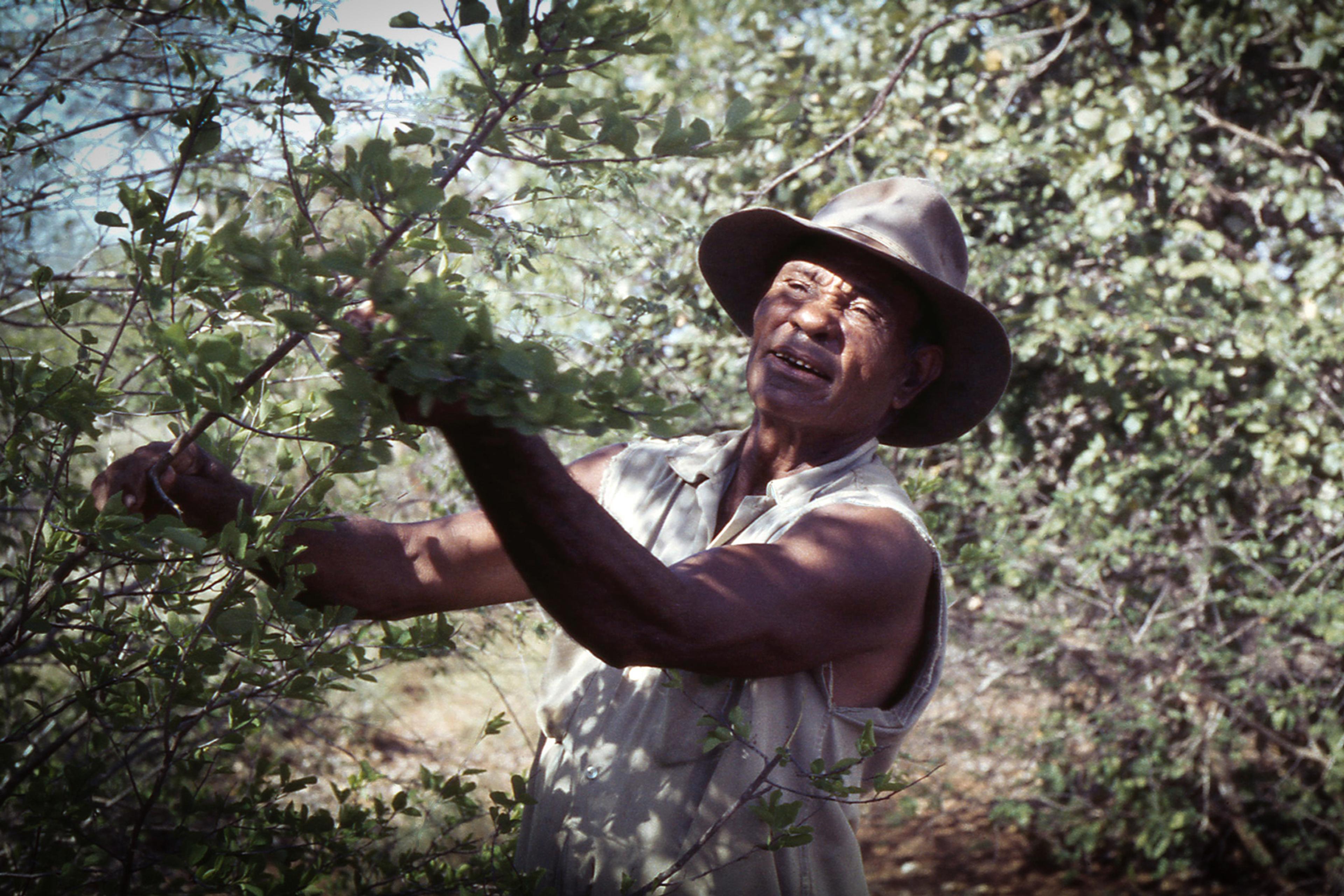When I was at high school in Peru, I was required to read Gabriel García Márquez’s One Hundred Years of Solitude (1967). I was told that it was not only a classic piece of literature, but also that it was a great representative of Latin American magical realism, a style that is meant to provide the reader with a realistic description of places or events alongside weird or unbelievable elements. For me, the book felt like just another conversation with my grandparents or different members of my family, and therefore something I really could not see as fascinating on its own terms.
Several years later, and after travelling around the world for work and studies, it finally clicked. The perspective about reality that I’d carried with me since childhood, one that involved considering mountains as sacred beings, acknowledging the presence of unseen spirits, or thinking that rituals could effectively change reality, was not the rule for most people – especially not in the West. The more I think about the many occasions when my intuitions about reality were at odds with those of friends from countries like the United Kingdom, Canada or the United States, the more I realise that there are some fundamental assumptions about reality that might be implicit and yet relevant to each of us.
Making use of my training in philosophy, I have found that a term from the Quechua language – the most spoken Indigenous language family in the Americas – could help me make sense of many of the implicit views that I held. The term is pacha, and its meaning is as complex and subtle as the reality that it helps explain.
Pacha is a polysemantic word that, in a sense, contains multitudes. In Quechua, plurality is described by adding the word kuna at the end of other words. So, we could say that there is not a single pacha but pachakuna. Pacha is time and space and a moment in time and space. It is important to highlight that the relationship between those two elements makes it hard, if not impossible, to disentangle them.
If, for example, I want to talk about the exact moment in which our existence is taking place, we qualify the pacha with the reference point of kay. That is, we would say kay pacha to talk about the here and now. But, on the other hand, to talk about different planes of existence would require me to qualify pacha with hanan (superior), ukhu (below), and hawa (beyond) – locations in reality. Pacha, then, seems to be a point of reference that Andean people use to discuss all other points of reference. According to the Andean scholar Zénon Depaz Toledo writing in 2015, another way to understand pacha is as the ‘totality of the world’ or ‘that which makes the world’.
Pacha, then, with all of its complexities, seems to open the door to understanding reality in a way that might seem foreign to a Western audience. If reality is everything, how could everything disentangle itself from itself?
In Democracy in America (1835-40), Alexis de Tocqueville wrote that, in the US, philosophy is least studied, and yet the precepts of René Descartes are best applied. The idea that many people in the Western world assume that the first point of reality is the self, the Cartesian ego, rings true to me – at least, that is my impression after living here for almost 10 years.
Yet, for many people across the world – myself included – understanding reality as a set of relationships and bonds that pre-exist any kind of individual self seems more fitting. This, of course, comes with a humility that does not seem to be present in some current practices. If the entirety of reality pre-exists my awareness of it, how could we be the masters of something such as the world in which we live?
Such questions were not appreciated in the 16th century Andes. At that time, clergy members denounced Andean idolatries, declaring them the largest obstacle to the Catholic faith in Peru. For that reason, some argued, it was necessary to extirpate those views by destroying all the sacred places and religious figures that held meaning for the Andean people.
Part of that process included the actions of the priest Francisco de Ávila who, in order to carry out his mission effectively, ordered the compilation of what is now known as the Huarochirí Manuscript. The reasoning was simple: to destroy something completely, you have to know what it is. This text contains stories from mythical times and other stories usually passed down via oral tradition. It also contained the locations in which those mythical events took place, along with information about the practices people embraced that, even if secretly, carried spiritual meaning. With this text at hand and keeping it a secret even from his superiors, Ávila efficiently carried out his eradication efforts. That is, tens of thousands were effectively converted when presented with options such as torture or dispossession.
This text was found hundreds of years later in the library of Madrid, allowing us a further glimpse into the complexity of Andean traditional views. The Peruvian anthropologist José María Arguedas, who translated the text into Spanish in 1966, called the document ‘the most important Quechua work of those in existence’. One could rightly consider this book as an Andean bible due to the significance of the narrations it contains. The irony is hard to miss here. The tool meant to be used by the Catholic Church, an iconic Western institution, to destroy Andean worldviews might be one of our best resources to reconstruct it and renew the tradition.
In its 31 chapters, the book gives us an unparalleled portrayal of reality seen through the eyes of those Indigenous Quechua speakers who were alive in the 16th century. In particular, the story of Pariacaca – the main deity of Huarochirí – is worth mentioning in connection to the idea of pacha. Chapter 16 tells the story of Pariacaca, now a mountain one can visit in the central Peruvian Andes. Details about his exploits and how he fought the pre-existing local deity can be skipped for now. However, his origins seem worthy of discussion. In the text, it is claimed that Pariacaca was born from five eggs. Five eggs hatched at the same time and gave us a unique yet five-fold being.
A possible way to read this is by highlighting the relational nature of existence – a person could be understood as being a single self – or by way of highlighting the different relations that it holds in existence. For example, I am somebody’s brother, but also somebody’s husband, as well as somebody’s parent. All these things could be said to be me. If time and space are in a relationship that cannot allow for disentanglement, why would I be able to disentangle myself from the world and my relationships in it at any given moment?
Pariacaca, although a deity, is still a reality in the world. I, although a self, am still the relationships that tie me to the world. Pacha can be said to capture this complex and dynamic set of relationships that make us who we are in a world in which we continue to exist and from which we cannot break away.
Although this a fascinating and relevant concept that has helped me understand more about myself, I was not aware of it until about 10 years ago. As important as the Huarochirí Manuscript might be to understand Andean worldviews, the document was never mentioned to me during my studies in Peru. Not in elementary school or at high school, nor at university. I studied liberal arts, law and philosophy in Peru for almost 10 years. During that time, I was made aware of many ideas from German and French thinkers, but rarely was I provided the opportunity to make sense of my own existence though my own historic culture.
According to some authors, humanity has accomplished the development of civilisation six times and in different places. Those places are Mesopotamia, Egypt, India, China, Mesoamerica and the Andes. Yet knowledge about foundational concepts from Andean culture seem so foreign to me and other people from the Andes that it is as if we are kept from key elements that could help us understand who we are and how we could realise ourselves authentically in the world.
I have often said that colonisation is such an important part of the mindset of Peru that it is easier for a person to learn about Immanuel Kant’s First Critique (1781) than it is to learn about the existence of the Huarochirí Manuscript. I have struggled personally to make this manuscript better known.
Recently, I have become a passionate advocate of the idea that there are many worldviews currently in existence and some of those, when properly examined, can help us understand each other so much better. My personal experience of learning how to make sense of my worldview, by engaging with foundational concepts such as pacha has been informed by my training in philosophy.
Trying to make explicit some implicit assumptions in different sources and places of the Andean world has helped me see how I am different, no better nor worse, than many of my Western friends, colleagues and acquaintances. This brings me some comfort. Sometimes, I have felt out of place reading Western philosophical texts. Many contemporary ones assume a Western perspective as a standard of reality. By understanding my own background better, I can make sense of what it is that does not immediately make sense – and why.
My process of understanding myself through the concept of pacha – that is, in a relational way – is ongoing. Yet, so far, it has allowed me to find some peace. By realising that we, humans from different parts of the world, share this world but not necessarily the same conception of reality, we can better start meaningful conversations with each other. And perhaps considering each other as inextricably related to one another, as well as to other entities such as mountains, we can make better decisions about where we want to go as a species. At least, that is my hope.
